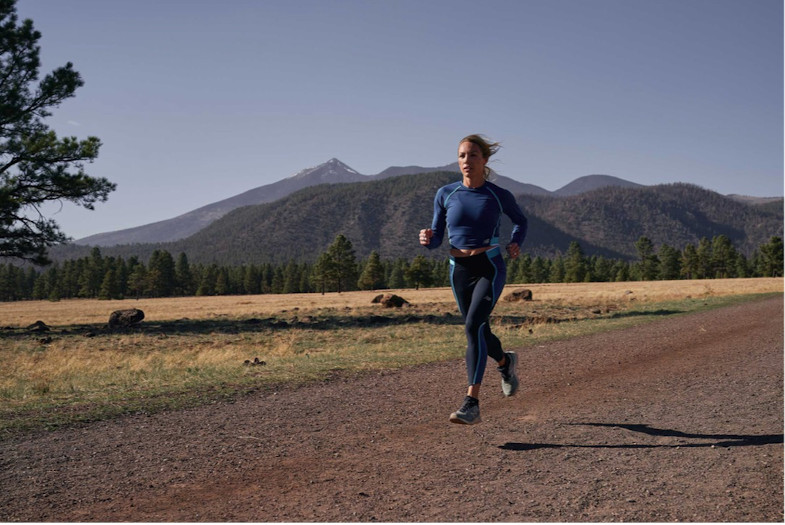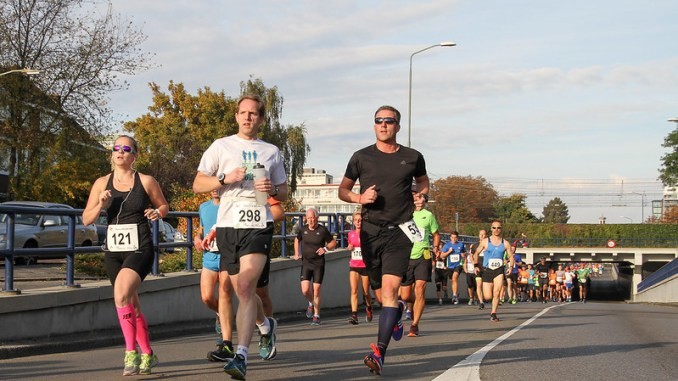Running News Daily
Running News Daily is edited by Bob Anderson. Send your news items to bob@mybestruns.com Advertising opportunities available. Train the Kenyan Way at KATA Kenya and Portugal owned and operated by Bob Anderson. Be sure to catch our movie A Long Run the movie KATA Running Camps and KATA Potato Farms - 31 now open in Kenya! https://kata.ke/
Index to Daily Posts · Sign Up For Updates · Run The World Feed
Whoop Data Shows These 2 Simple Habits Can Speed Up Recovery After a Tough Run
Two specific modalities had the biggest effects on important recovery metrics for WHOOP users.
Over the past few years, many athletes have ditched the go-go-go mentality for one that prioritizes recovering just as hard as you train. Without recovery, runners now know, your body can’t adapt to the work you’re putting in. But while other aspects of training—splits, volume, intensity—are more easily measured, there hasn’t really been a clear way to determine how all that time shivering in an ice bath or rubbing CBD balms into sore muscles is actually affecting your body’s recovery.

Now, though, there’s some insight from Whoop, the activity tracker that quantifies recovery. Whoop researchers analyzed data from members who recorded 30 or more runs between February 1, 2021 to April 30, 2021 in the Whoop Journal, a customizable feature that allows members to log more than 40 specific behaviors that may impact performance on a daily basis. They looked at over 450,000 entries across 18 different practices and substances, from acupuncture and cryotherapy to CBD and magnesium, to determine which ones have the biggest effect on recovery.
The researchers found that melatonin use resulted in the largest average improvement on recovery scores, heart rate variability (HRV) and resting heart rate (RHR). Thirty-two percent of runners recorded using melatonin, making it the second highest recorded recovery modality after stretching.
Melatonin is a naturally produced hormone that tells your body when it’s time to hit the sheets. For those struggling with sleep, it’s become a popular supplement, too. But “a relationship and causal effect are two different things,” says W. Christopher Winter, M.D., president of Charlottesville Neurology and Sleep Medicine and author of The Sleep Solution.
Melatonin doesn’t actually put you to sleep, 2019 research published in the journal Frontiers in Endocrinology confirmed; it’s more about subtly shifting your circadian rhythm, or internal clock, so your body knows its time for bed—which may make you fall asleep easier. For example, melatonin reduced the amount of time it took people with sleep disorders to fall asleep by an average of seven minutes in a 2013 meta-analysis published in Plos One.
There’s also the placebo effect: “Sleeping pills, in general, tend to alleviate anxiety about sleep,” says Winter. “We can’t underestimate the power of belief when it comes to sleep quality.” That ritual aspect of taking a melatonin supplement every night may make you feel like you’re doing something to promote a better night of shuteye—which can actually lead to more Zzz’s. 


Considering that experts say sleep may actually be the single most important factor in exercise recovery, according to research from the International Journal of Sports Medicine, incorporating any habits that help your body better prepare for a good night’s sleep is worthwhile.
When it comes to practices, breathwork resulted in the second highest average impact on increased recovery scores and increased heart rate variability (HRV) and also reduced resting heart rate (RHR), two key indicators of recovery state. Approximately 17 percent of runners logged breathwork as a recovery modality at a frequency of about 6.4 times per month.
Frankly, more runners should be doing this more often, especially because it is so easy and accessible to do. Breathwork is a type of active mediation, explains Ally Mazerolle, a lead breathwork teacher at mindfulness studio Open. “The active part is that you’re really focusing on your breath, which helps your mind focus,” she says.
This kind of practice is so important for runners because if running puts your body in a stress (or fight or flight) response, “breathwork stimulates your parasympathetic nervous system, relaxing the heart rate and signaling the body that it’s time to rest and digest and recover,” says Mazerolle. And that recovery period is when your body rebuilds and repairs itself from the stress of exercise.
If you spike the nervous system with a workout then go straight into meetings or other high-stress scenarios, your body never has a chance to relax—or recover. And piling on cumulative fatigue like that is a recipe for overtraining or burning out.
Don’t be intimidated by the idea of adding another element to your training regimen. Breathwork can easily be incorporated during your cooldown stretching, says Mazerolle. It can be as simple as taking 10 to 15 slow inhales through your nose followed by slow exhales through your mouth, or something more intentional like box breathing, where you inhale for four counts, hold your breath for four counts, exhale for four counts, and hold there for four counts, then repeat.
It’s as easy as that—and the proof will be in your fitness tracker metrics or your next performance.
by Runner’s World
Login to leave a comment




